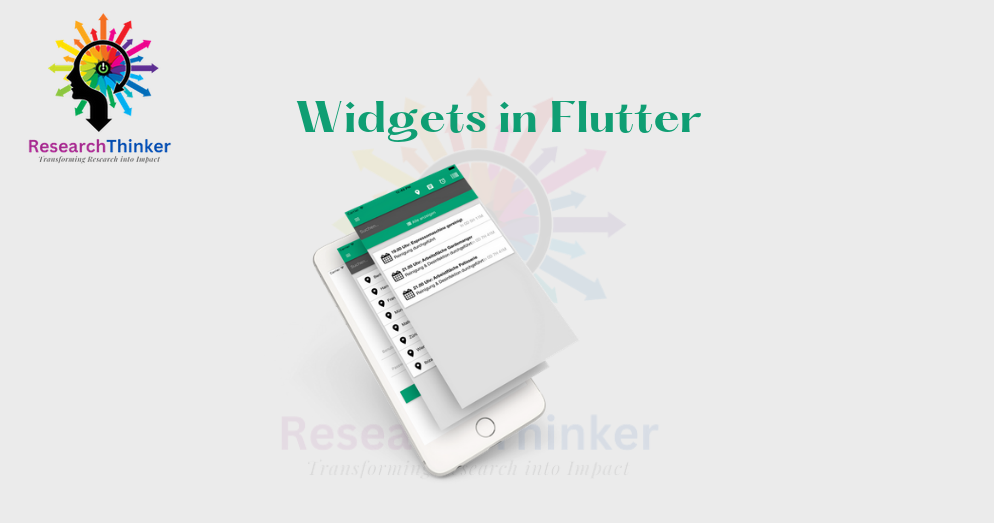In user interface design, a widget is a self-contained, reusable component that represents a specific element or functionality of the user interface.
Widgets are fundamental building blocks in the Flutter framework, and they play a crucial role in developing user interfaces. Here are several reasons why widgets are important in Flutter
Declarative UI: Flutter follows a declarative UI approach, where the entire user interface is expressed as a composition of widgets.
Hot Reload: Flutter’s hot reload feature allows developers to quickly see the changes they make to the UI in real-time.
Platform Agnostic: Flutter widgets are designed to be platform agnostic, meaning they can run on multiple platforms, including Android, iOS, web, and desktop, without significant modifications.
State Management: Flutter widgets play a crucial role in managing application state. Widgets can hold their own state or react to changes in external state variables.
It can represent anything from simple elements like buttons and text fields to more complex components like navigation menus, lists, and forms.
IN SIMPLE WORDS FLUTTER APP IS MAKE THROUGH WIDGETS , EVERYTHING WHICH IS VISIBLE TO YOU IN FLUTTER APP ARE WIDGETS
By fulfilling these features widgets provide a structured and efficient way to build user interfaces in Flutter. They allow developers to define the visual appearance, interactive behavior, and data flow of the UI components, enabling the creation of rich, dynamic, and responsive applications.



